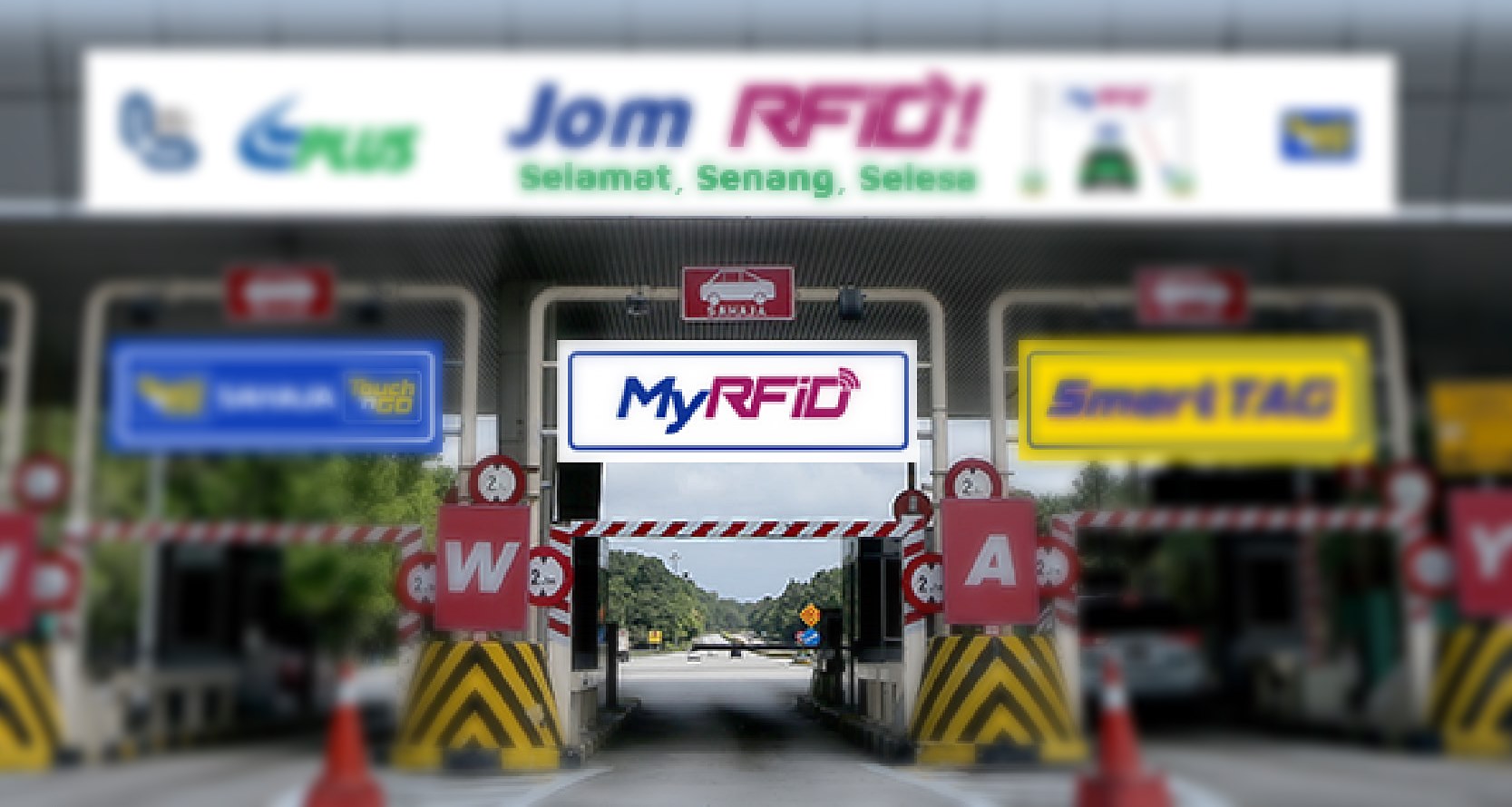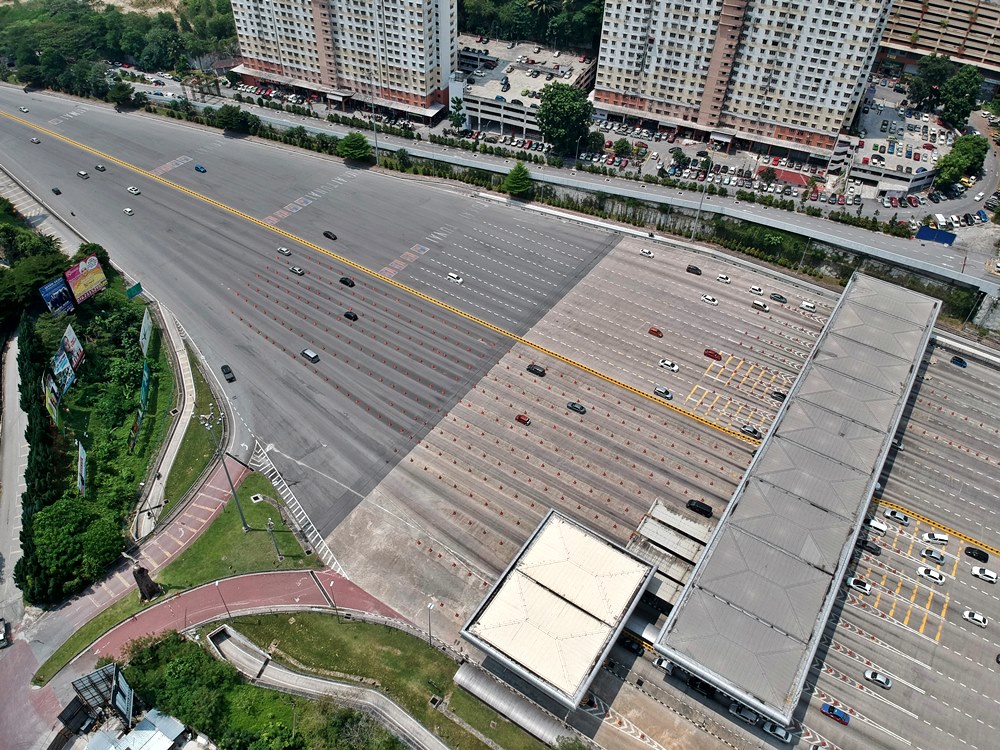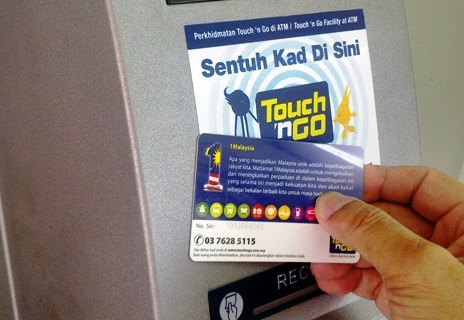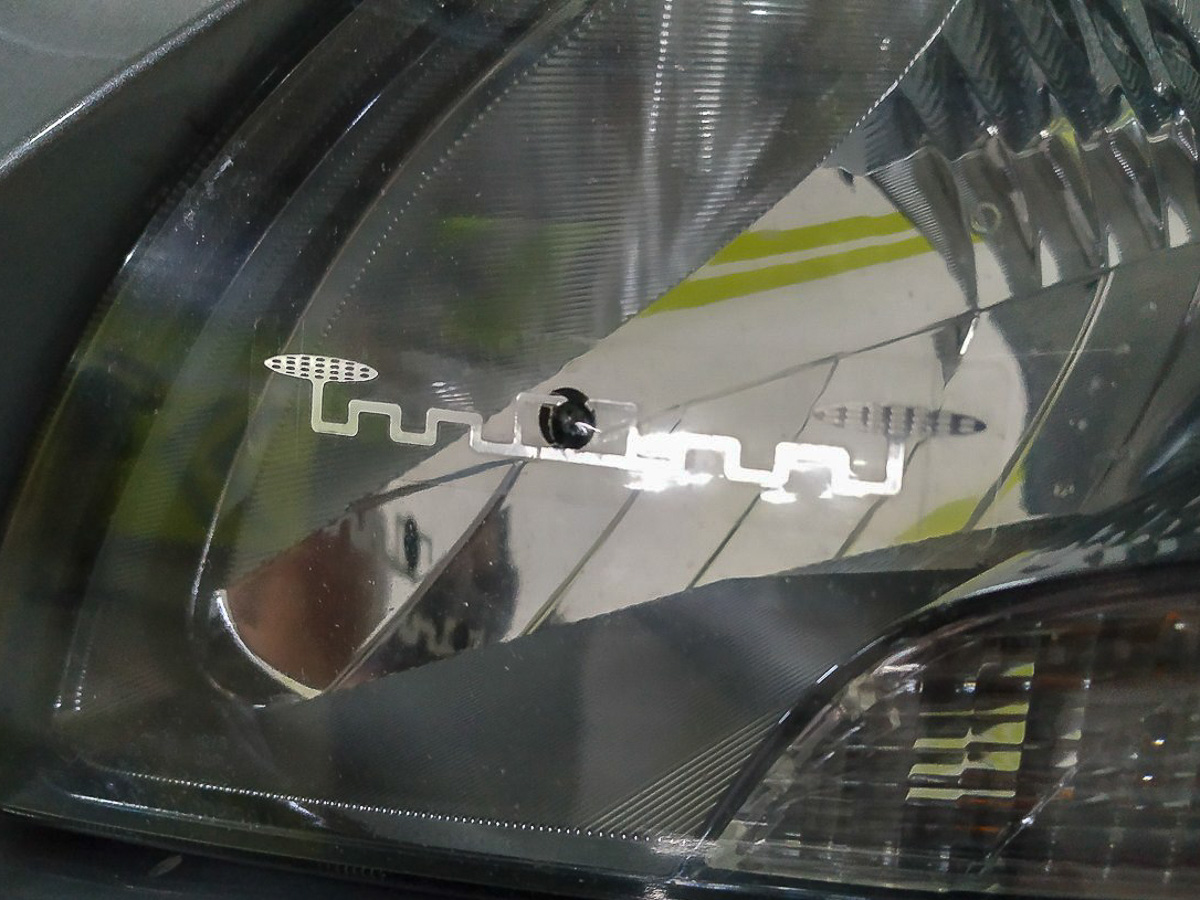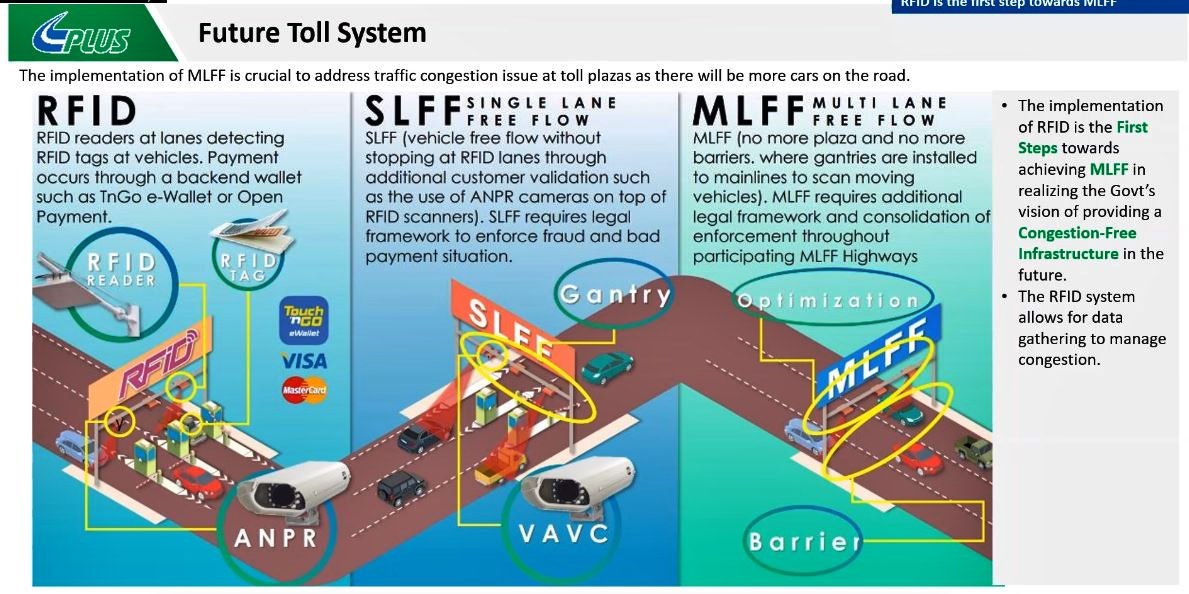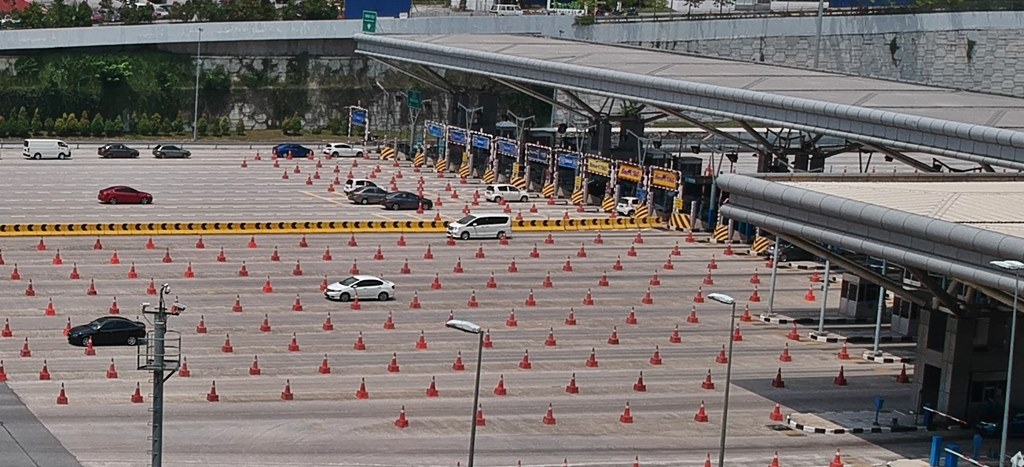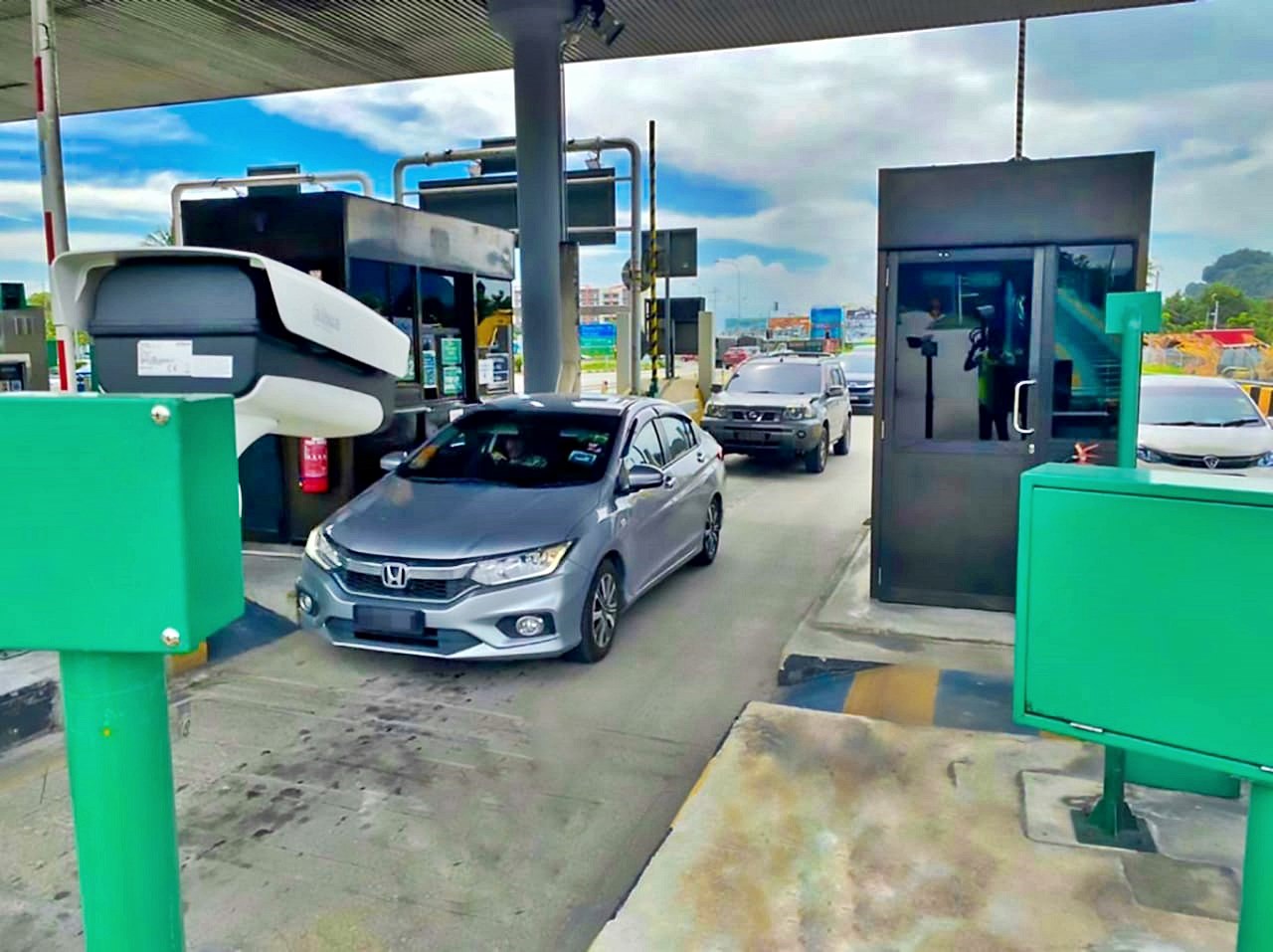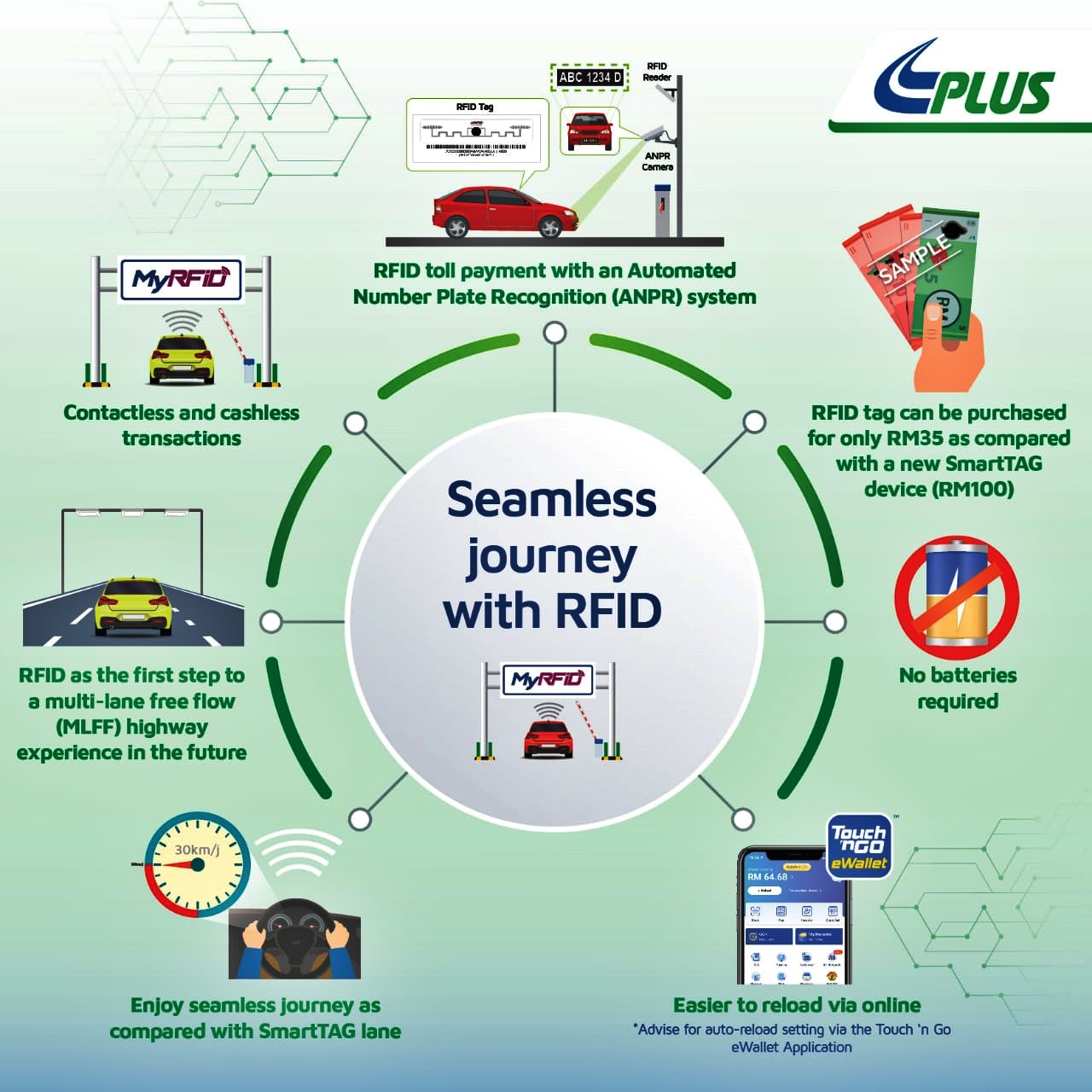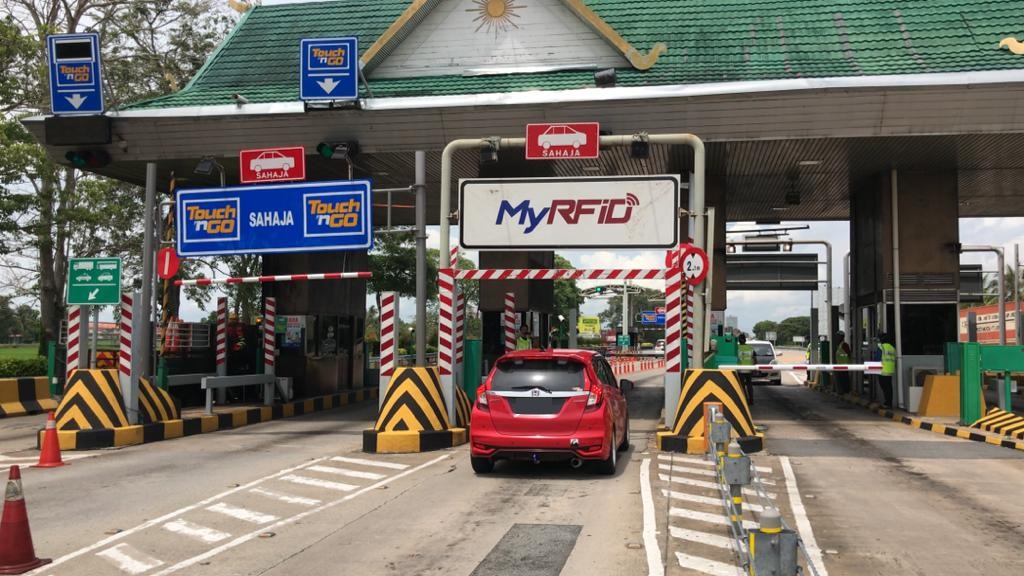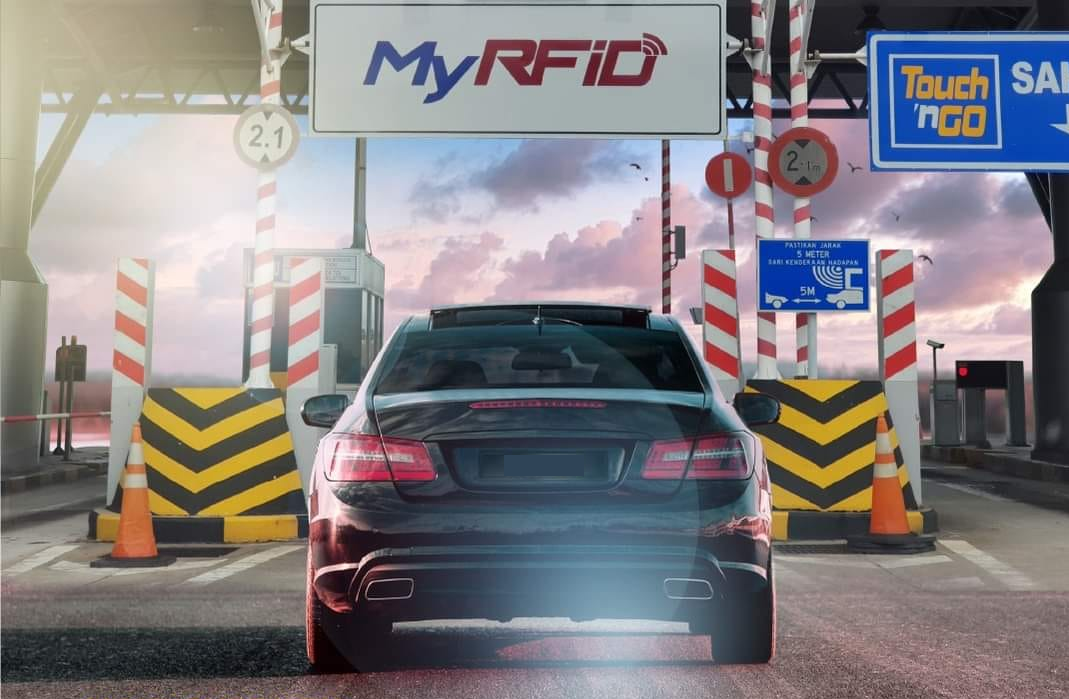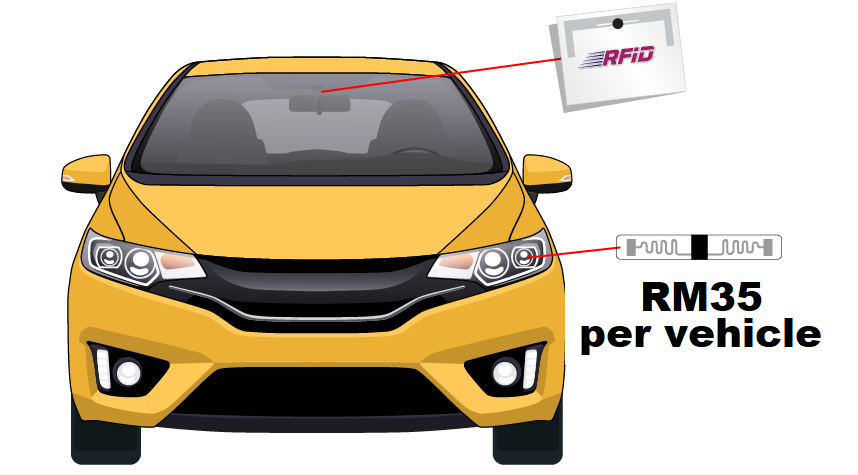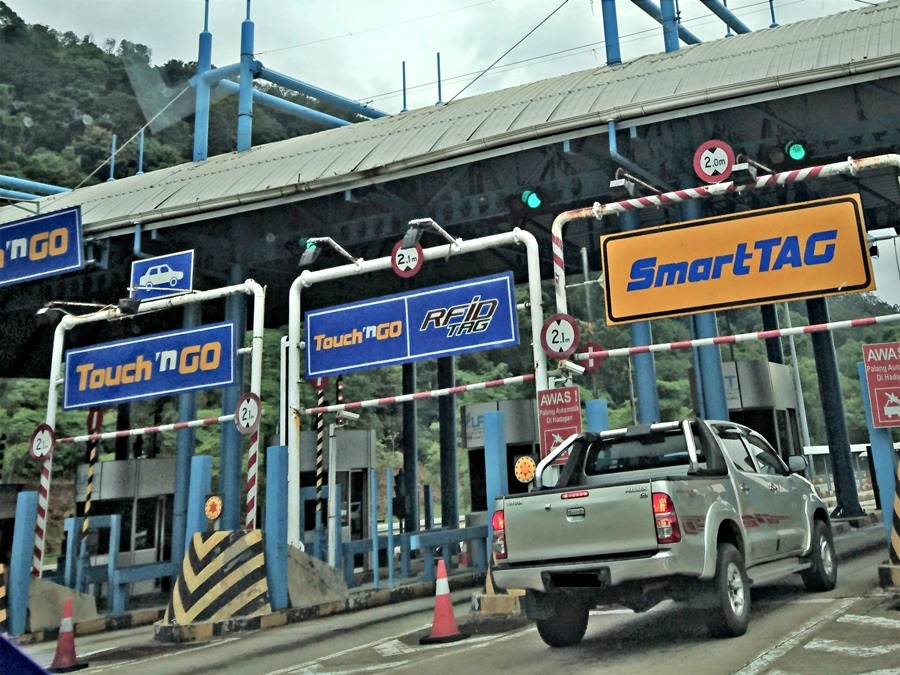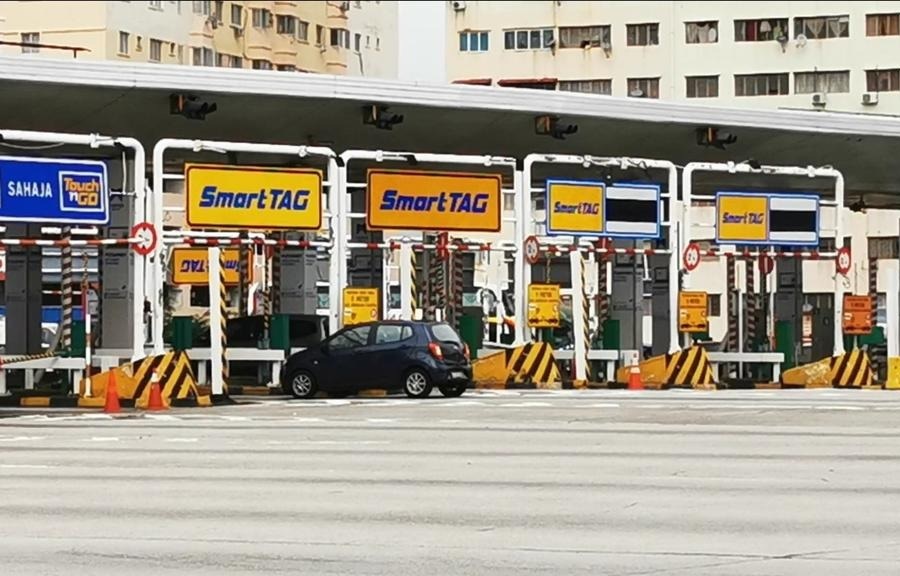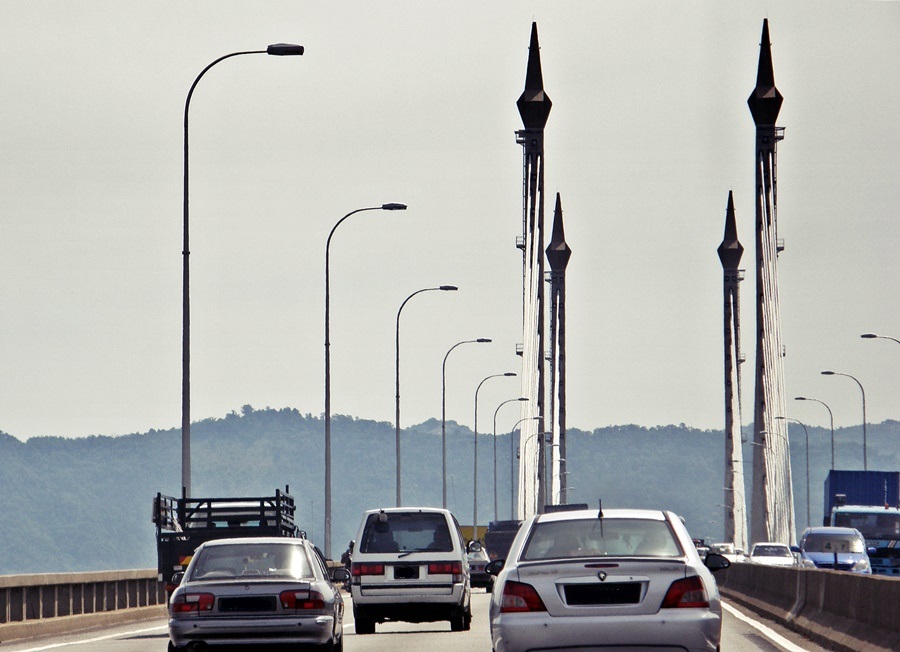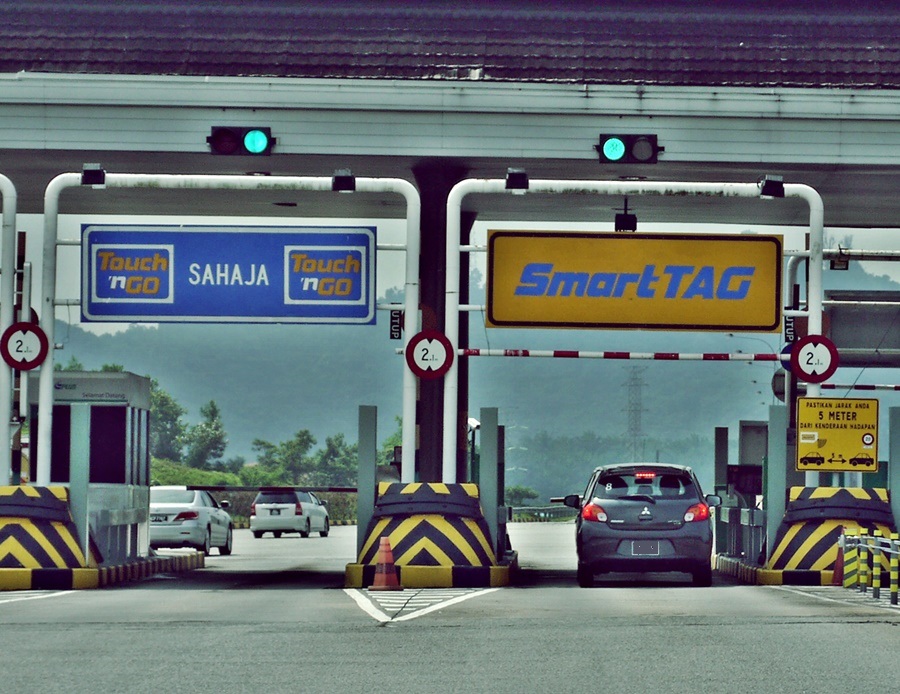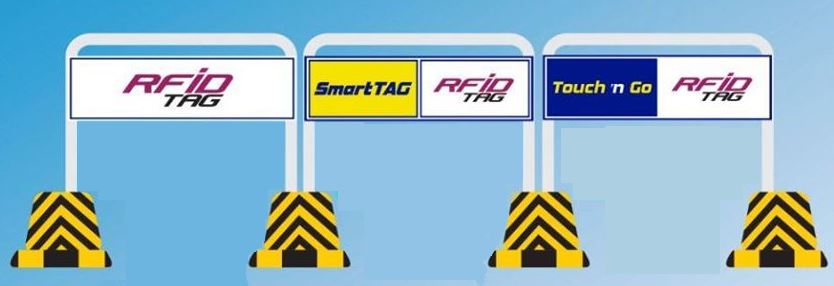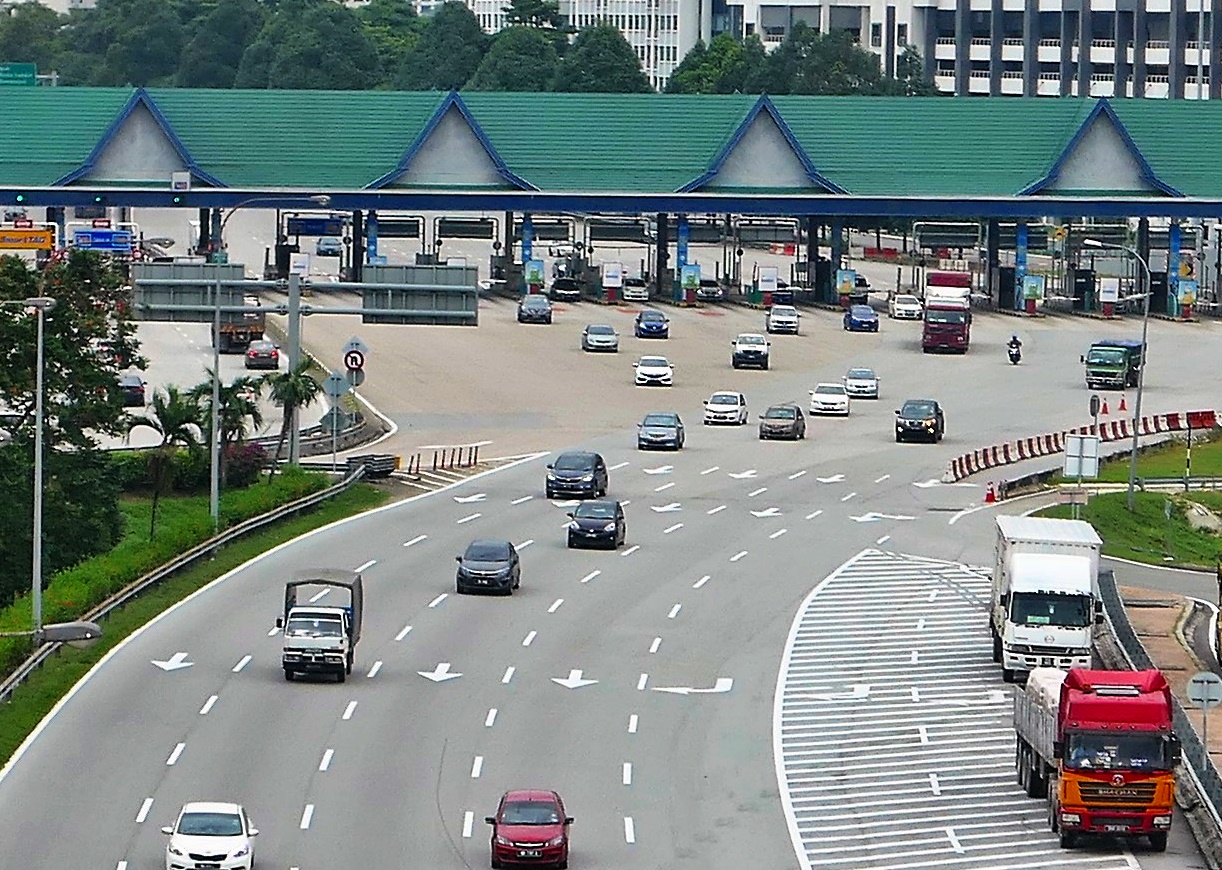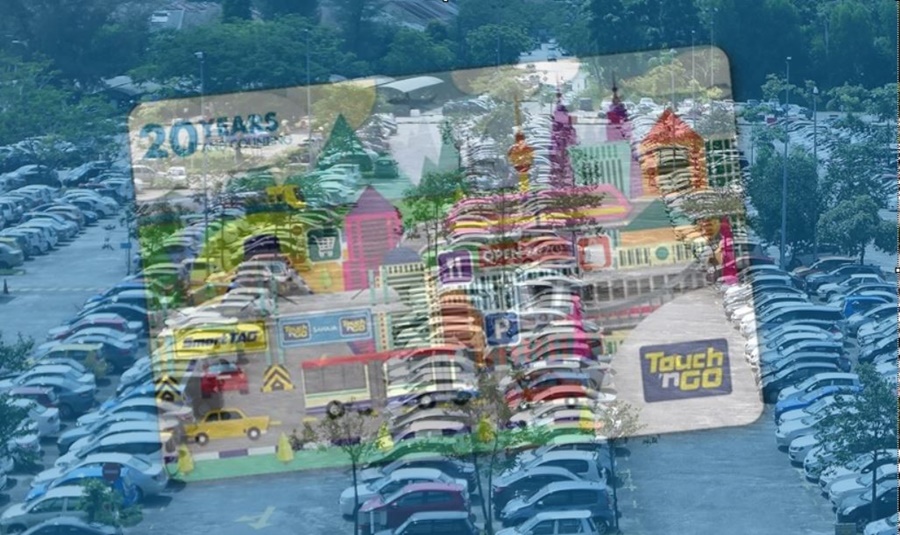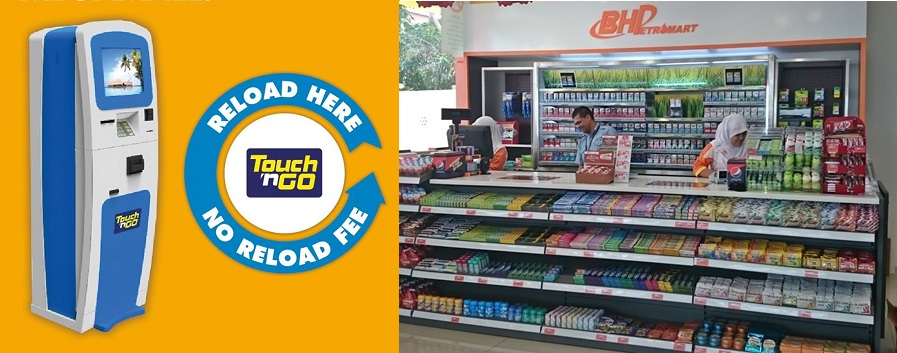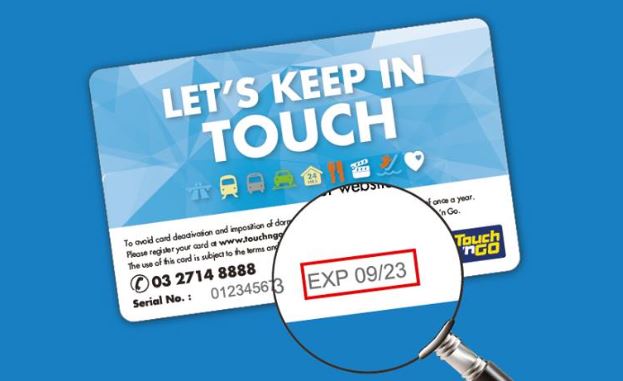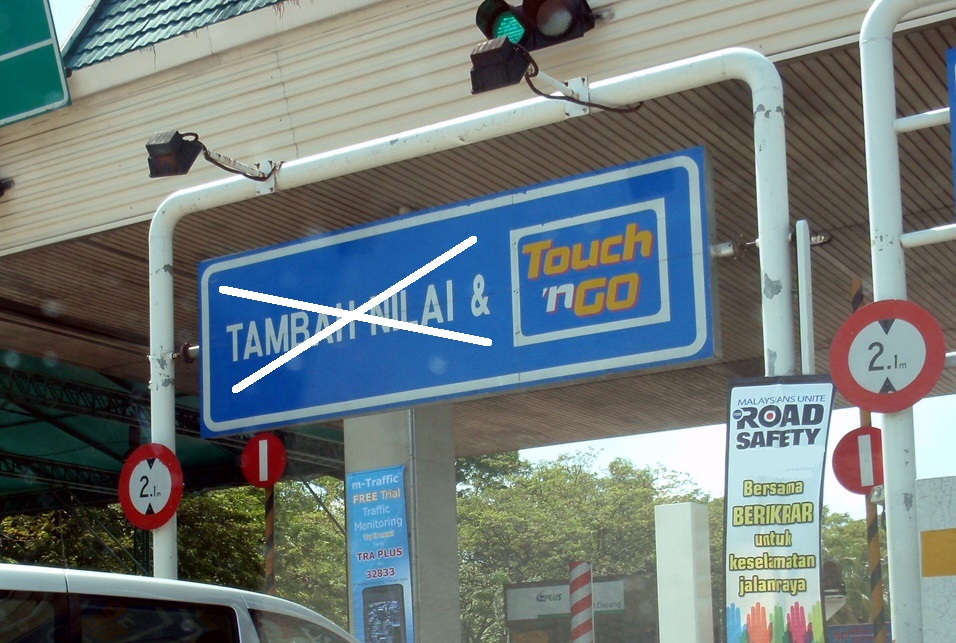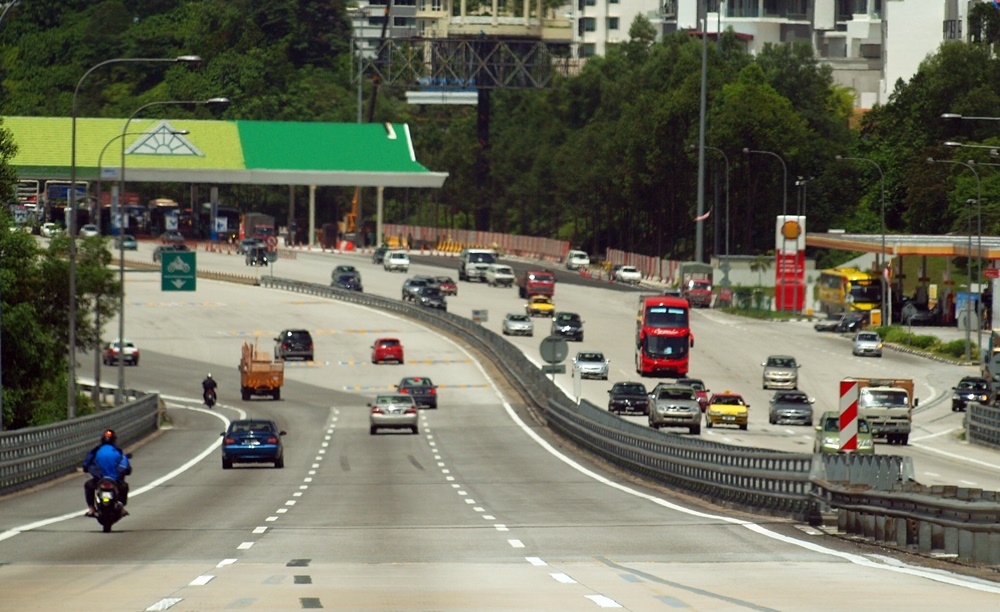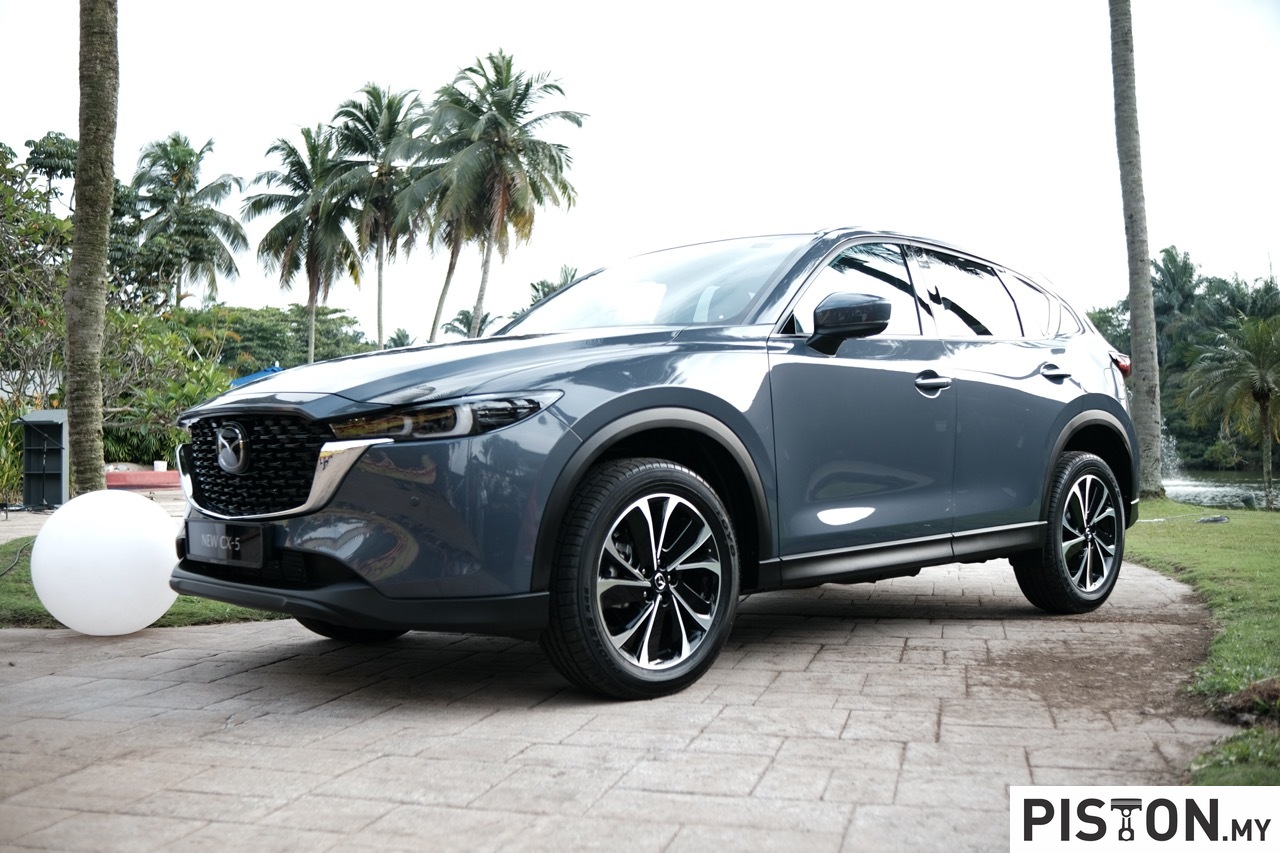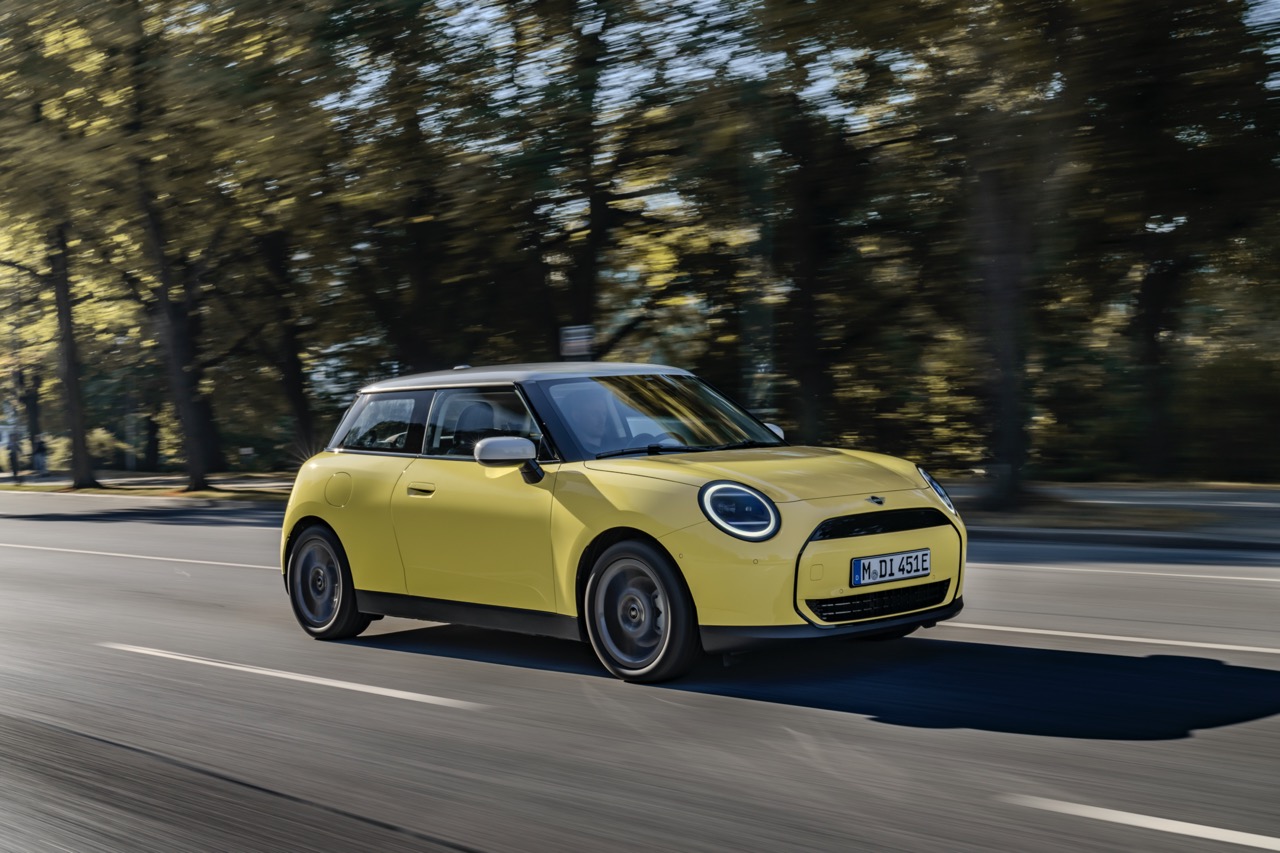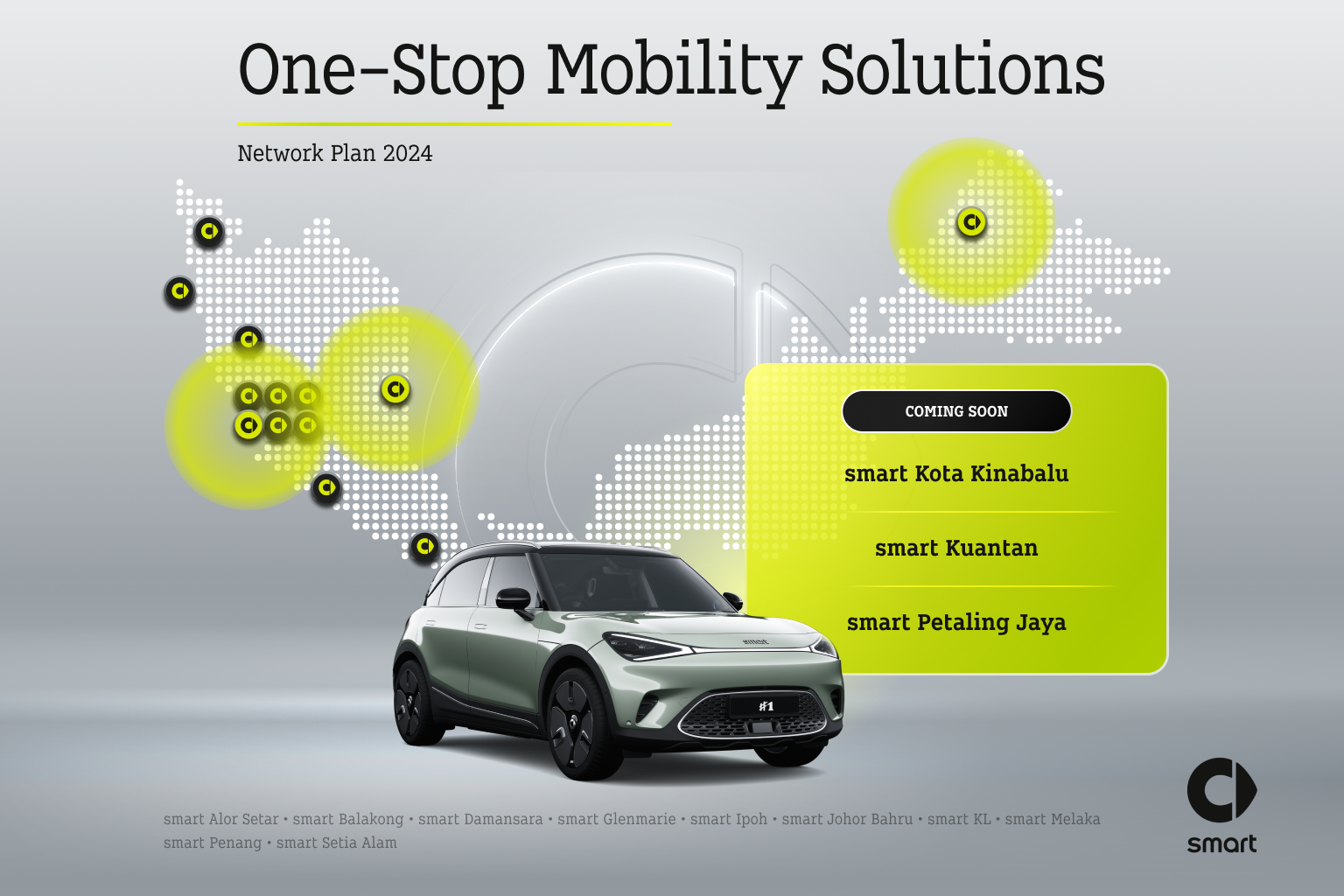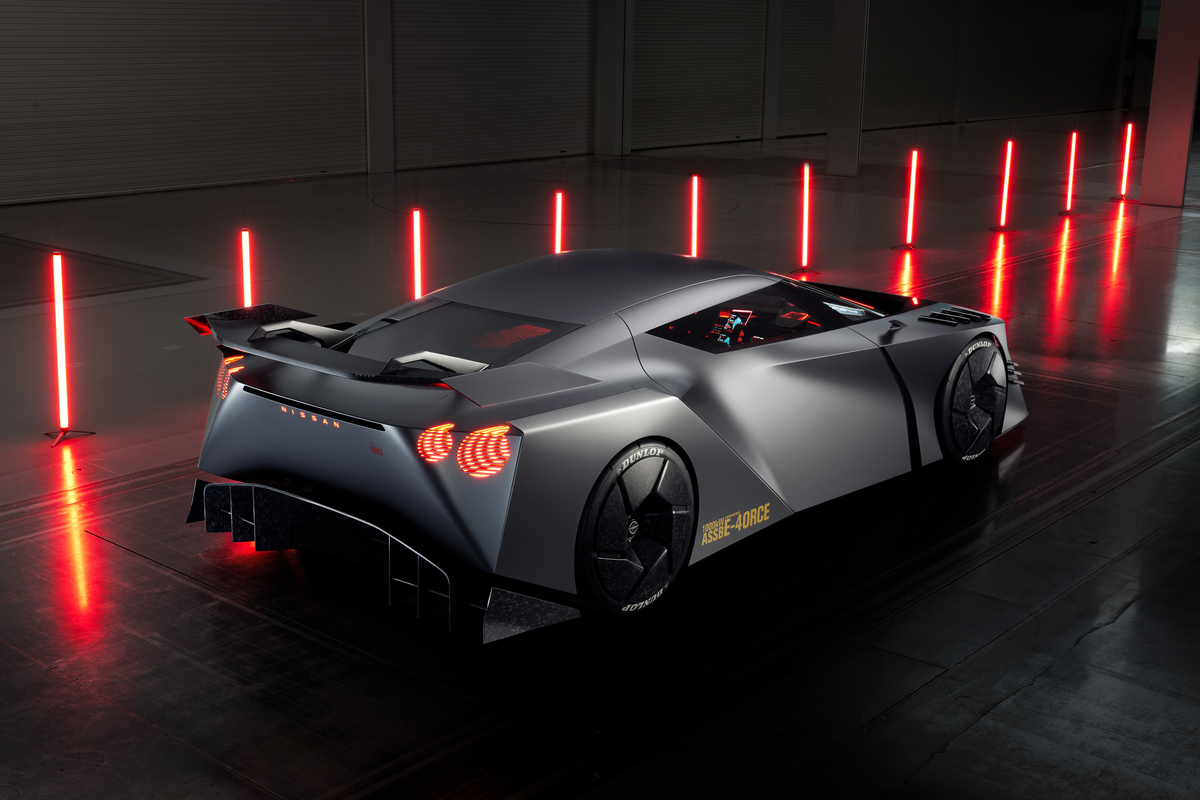From January 15, 2022, PLUS will have at least one lane at its toll plazas from Juru in the north to Skudai in Johor using the RFID (Radio-Frequency IDentification) system for collecting toll charges electronically. RFID is not new and has been known to Malaysian motorists since 2018, with early implementation on PLUS highways starting at some toll plazas at the beginning of 2020. Things may have moved faster but the pandemic and actions taken by the government suspending business activities for an extended period probably caused delays.
The use of RFID is the third form of Electronic Toll Payment (ETP) which began with the Touch ’n Go (TnG) tollcard in the 1990s, followed by the SmartTAG. With ETP, motorists could more easily pay their toll without having to interact with cashiers to pass over cash. The system therefore helps to speed up traffic flow through the plazas and also makes toll collection easier for the concessionaires. And in these times when social distancing is important to avoid transmission of COVID-19, ETP is obviously a better way to pay toll.
SmartTAG uses infrared system
While the TnG card requires touching the card with stored value on a reader, the SmartTAG unit takes the information from the card attached to it and sends an infrared (IR) signal (which travels at almost 300 million metres a second) to a transceiver overhead to validate and deduct the amount of toll payable.
It has been in use nationwide since 2005 and although there was a period when users experienced many problems with the slim units, that fault no longer exists and our experience with it has been 100% pass rate. Only on rare occasions has the been a problem and usually it has been due to the signal not being picked up. Most motorists now know to reverse a bit and try again, or just do it the manual way by tapping the TnG card on the reader by the side of the lane.
Complementary and reliable systems
So the TnG manual system and the SmartTAG contactless system are reliable ETP systems and they are complementary, ie the TnG card works with the SmartTAG unit by simply slipping it in. There is no need for the motorist to buy a different type of card, and the TnG card can also be used in many parking areas as well. EFKON Asia, the company making the units, has improved them to be able to also be recharged with a USB cable.
In recent years, some car companies have also installed card readers in their cars which are linked to an IR transmitter that works the same way. According to EFKON Asia, around 75% of the 270,000 new passenger cars and commercial vehicles registered in Peninsular Malaysia (until September 2021) were delivered with either a SmartTAG compatible built-in toll reader or portable device.
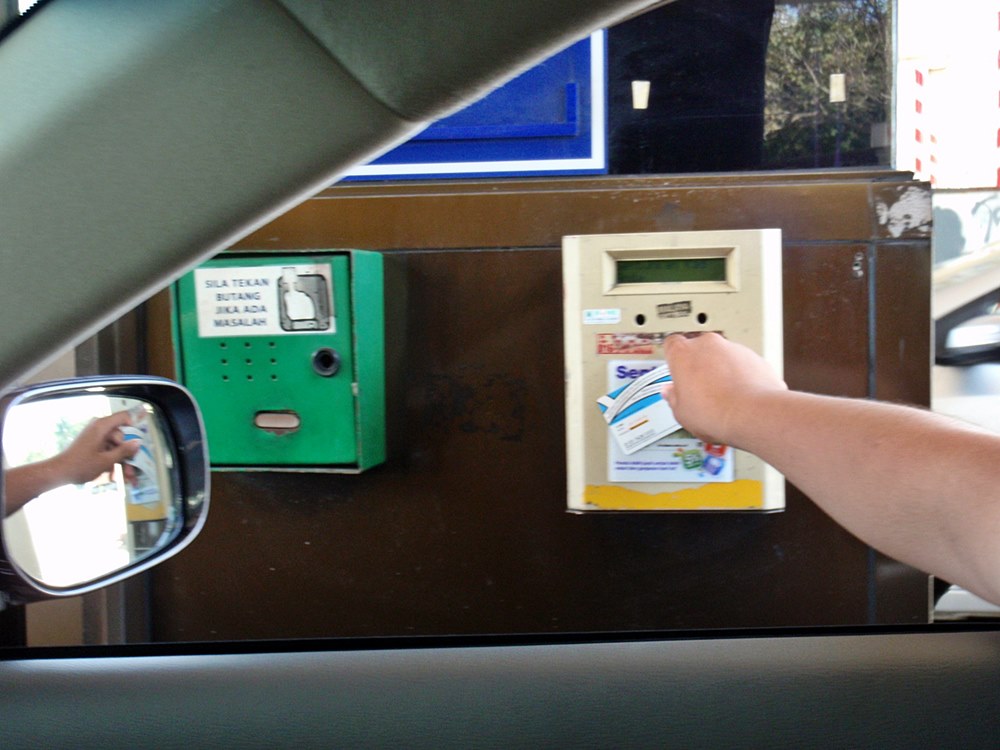
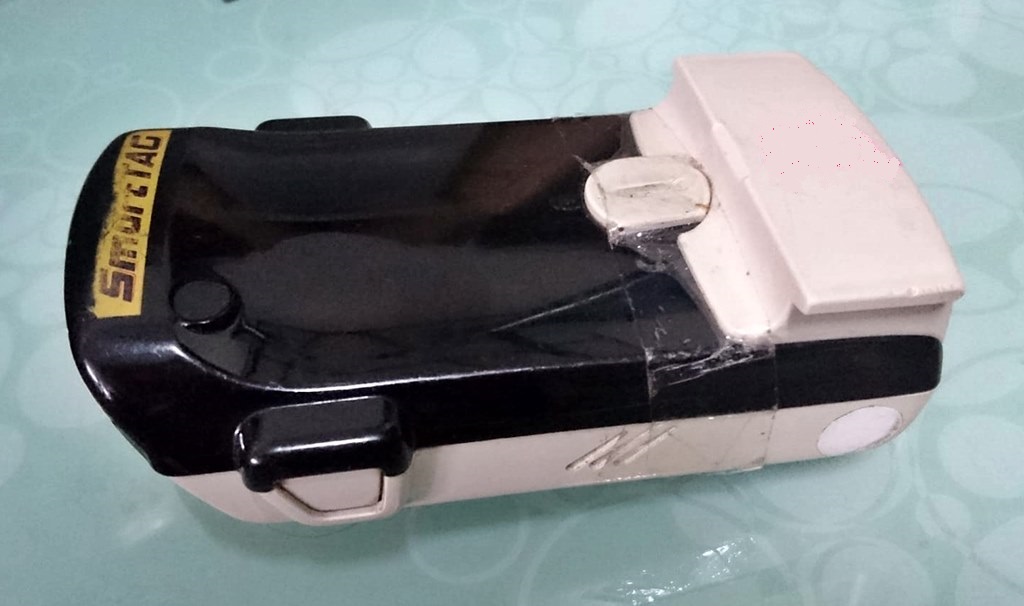
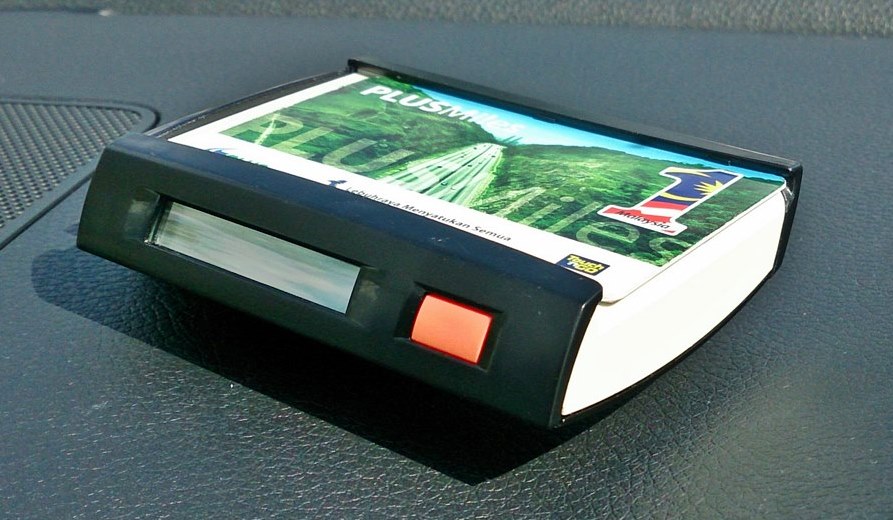
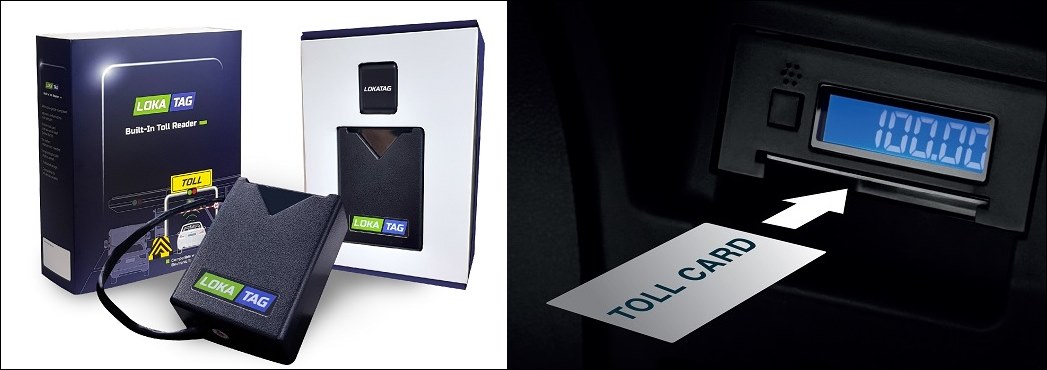
Why change something that is not ‘broken’?
There’s a saying (or question) – ‘why fix it if it’s not broken?’ – or more correctly, why change something that works well enough for some 5 million vehicle users around the country? The answer is simply that as the volume of traffic on highways has grown, the flow rate through the toll plazas has slowed. Lines have lengthened, especially during festive seasons. It does not help that the barrier has to be there, slowing the movement since it is a mechanical system. But we’ll get back to why concessionaires still need to use a barrier, even with the SmartTAG and RFID.
According to PLUS, a SmartTAG lane can allow up to 1,000 vehicles through in an hour (550 with manual tapping). It could be faster without the barrier as in places like Germany which use the IR system, vehicles can pass through toll plazas at up to 100 km/h because they do not have to stop for the barrier to open. With RFID, PLUS says that the processing rate can be faster and they state a speed of about 1,200 vehicles an hour.

However, it is not just the speed of processing that is the reason for PLUS (and other concessionaires) moving towards RFID. In the near-term, the objective is to be able to have Single Lane Free Flow (SLFF) which allows vehicles to pass through a toll plaza without stopping – meaning no barrier to wait for. Of course, you can’t flash through at 110 km/h and will still have to slow down to a low speed not only for the signal to be picked up properly but also for safety. The longer term goal is Multi-Lane Free Flow (MLFF) which will not have a toll plaza at all, and all a motorist will see is a gantry over the highway with some RFID sensors pointing down over each lane. It is a ‘transparent’ and seamless process that will certainly mean smoother flow and, hopefully, no more congestion.
Singapore has had MLFF for some time
Does the MLFF scenario sound familiar? If you have driven to Singapore – as tens of thousands of Malaysians have (at least before the pandemic) over the years – you will have experienced MLFF with their ERP (Electronic Road Pricing) payment system. Besides the fact that toll rates change at different times of the day depending on conditions, there are no toll plazas and traffic just passes under the gantries and the toll is deducted on their electronic payment card attached to an IU (in-vehicle unit), something like a SmartTAG.
The system, which uses shortwave wireless signals, has been operating in Singapore for many years now. Initially, for foreign vehicles (almost all from Malaysia), the issue of how to get payment was resolved by simply making visitors rent an IU (for a S$150 deposit) and use a payment card with stored value. It was a troublesome system as you had to go to some remote place to get the unit and then go back there when you were leaving.
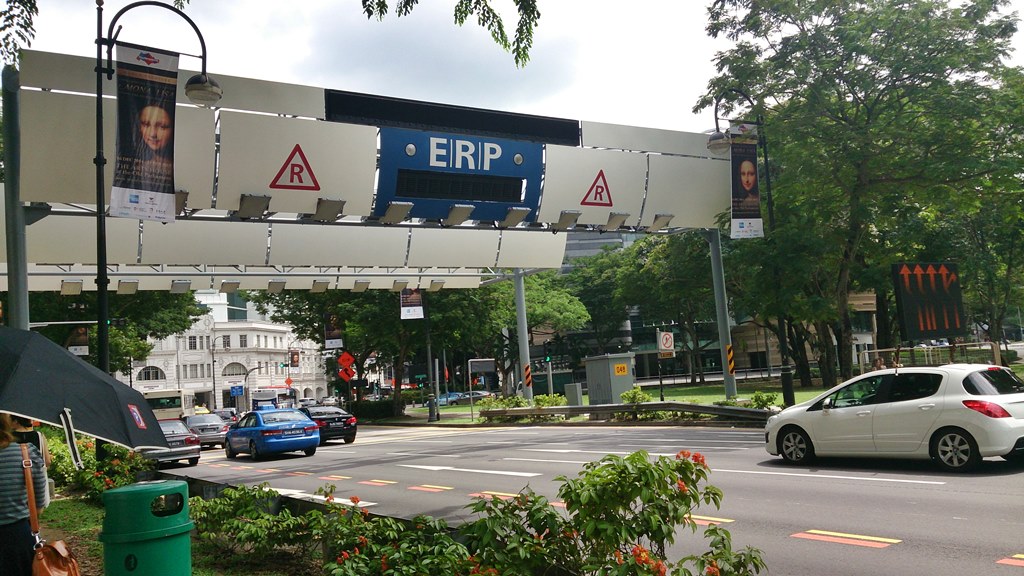
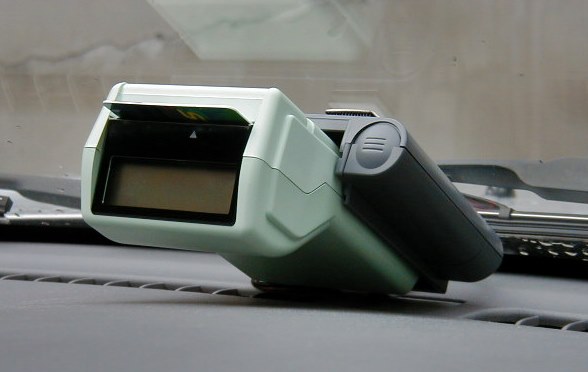
Then they came up with a convenient system which would charge a flat rate of SS5 per day if the vehicle passed into an ERP zone at any time during the day. The amount would be added to the charges payable on leaving the country. How do they do it? By using Automatic Number Plate Recognition (ANPR) systems that immediately photograph a vehicle without an IU, and log it into the system. They already have details of the vehicle which were provided upon entry at Tuas or Woodlands.
Different countries, different conditions
As mentioned earlier, Singapore (and also some other countries) have had MLFF + ANPR for some time, so why has Malaysia been slow to adopt it? There are various answers although to be fair, each country has different conditions, priorities and situations (and governments) and in the case of Malaysia and Singapore, the island republic is a lot smaller than Peninsular Malaysia. So the pace of infrastructure development and technological advances in systems will also be different in some cases.
It’s like the development of MAS and SIA, both of which originated from the same airline in the 1970s. Both aspired to have a comprehensive international network but MAS had also to do ‘national service’ as it had to provide services for rural areas around the country as well. SIA obviously had no such requirement so it could focus entirely on building its international network from Day 1.
Why take pictures of numberplates?
Why is ANPR needed? This is for various purposes and is actually an advancement for the cameras already used in every lane. Highway concessionaires need to have some sort of record of vehicles passing through, especially if payment is somehow not made (although there is a barrier) and ANPR allows them to also identify the vehicles quickly to take action. Information on the vehicles is already available via the TnG card registration and all vehicles with RFID tags installed would also have their details in the PLUS database. Of course, the company strictly follows the Malaysian Personal Data Protection Act (PDPA) which came into force in 2013 so those details are safe.
While the incidence of people not paying toll does not seem to be high – you would have to crash through the barrier – it can still happen and so the barrier is still necessary. Each time someone doesn’t pay, the concessionaire will have to spend time and money to pursue them. It therefore has to become a traffic offence before the concessionaires will feel safe to not have a barrier and that is something that requires a legal framework to enable.
TnG and SmartTAG lanes will still be around
There was a bit of misunderstanding about the full implementation of RFID on PLUS highways next month and some people thought that they will no longer be able to use their TnG and SmartTAGs. This is not the way things are going to happen – certainly not when there are 5 million users of TnG/SmartTAG. It is still a very big number of users to convert and in typical Malaysian fashion, if use of TnG/SmartTAG were to be stopped, many would probably still wait to the second week of January to install their RFID tag!
RFID tags have been available for more than 2 years now so there’s been plenty of time for motorists to install them. PLUS, in support of the government’s objectives of congestion-free infrastructure, is trying to get more people to use RFID so that by the end of 2022, at least 60% of toll collection will be by that method. For now, they are not converting or adding RFID lanes in a hurry as there still needs to be sufficient ‘demand’ and they think that one lane is enough for the time being.
So the remaining lanes will still have the tried-and-reliable methods of payment, ie TnG and SmartTAG. Since the start of the pandemic, PLUS has discouraged interaction with its staff at toll booths as much as possible, asking people to reload their cards at kiosks and the many other places (including convenience stores) that can do it.
The RFID system, being newer, is also linked to the TnG Wallet so users can reload online at any time, an added convenience. In time, more reload options using credit cards and other means will also be available. This would be one of the big differences with the TnG card which is a stored value card and you need to manually reload it.
Remember FastTrak?
RFID is therefore the way of the future and if we want to reach MLFF faster, then more motorists will have to use it. In time TnG/SmartTAG usage may be stopped completely (could be by the end of 2023 according to a deputy minister), forcing motorists to switch over. This situation occurred at least once before with an ETP system called ‘FastTrak’ which was used on the Penchala Link in Kuala Lumpur. It was decided that in order to unify payment systems, only TnG would be used for ETP so FastTrak had to be discontinued. Fortunately, the process was done smoothly and motorists did not have difficulty getting refunds on their remaining stored value in the devices.
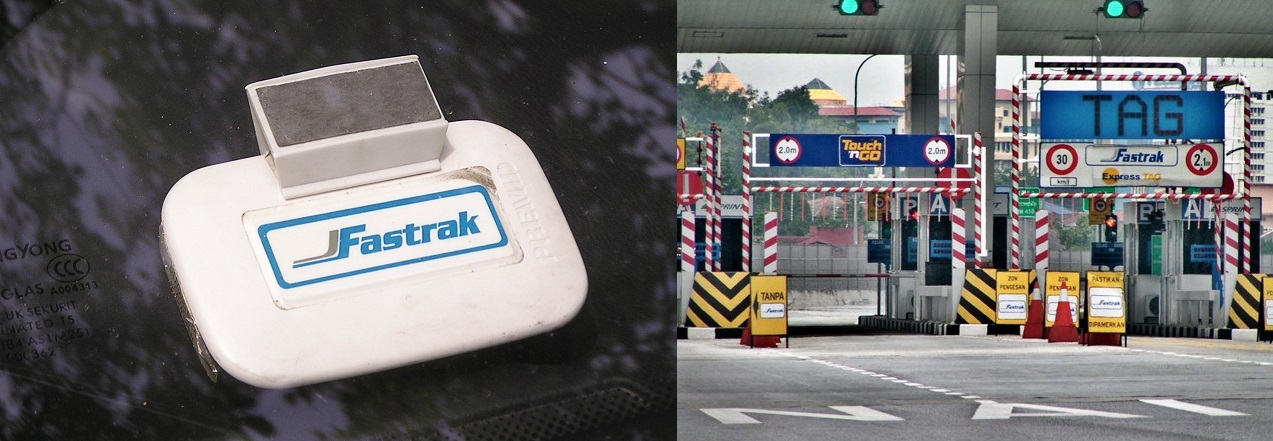
Because of the huge base of millions of motorists, it is likely to be a major exercise the day the government forces the matter and stops the use of TnG/SmartTAG. Imagine when millions have to switch and want their money back – and knowing Malaysians, many will do so in the final week!
Infrared system is not necessarily inferior
So for now, motorists can still use their TnG/SmartTAG at toll plazas so don’t worry about hassles during your outstation journeys next year. As to whether it is as obsolete and inefficient as the RFID supporters say, that is debatable. EFKON Asia, which developed the original IR system for ETP using the SmartTAG, is of the view that the present system is ‘well-positioned to help speed up implementation of MLFF and help reduce congestion at toll plazas’. Of course, they would present that view since the end of TnG/SmartTAG would also be the end of their business selling and supporting the units.
“Coupled with continuous product upgrades that has significantly improved the system’s reliability and user experience, it is the ideal and much more advanced staging point to achieve the congestion-free highway objective outlined in the Intelligent Transport System (ITS) Blueprint compared to the fledgling Radio Frequency Identification (RFID) payment system,” said EFKON Asia Director Helmuth Blasch. Mr. Blasch also believes that the authorities and highway concessionaires should look at increasing rather than reducing SmartTAG lanes if the objective was to reduce congestion at toll plazas.
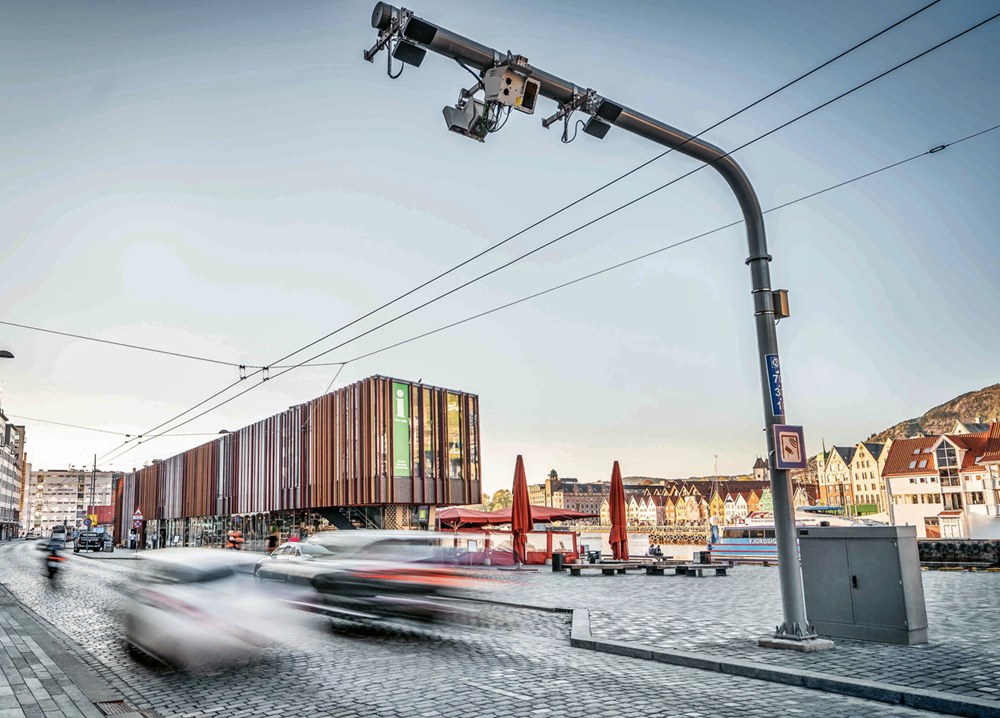
“In Germany, the Nationwide Truck Tolling System installed on all highways in a Multi-Lane Free Flow (MLFF) configuration has proven to be highly effective, catering to more than two million trucks travelling at up to 100 km/h. It uses a similar IR technology like in Malaysia to validate payment. We have also successfully replicated this test in Malaysia. Our SmartTAG compatible units comply with DSRC (Dedicated Short-Range Communication) standards and are ECE R10 certified. They operate in the 400THz band and, therefore, able to transfer data 10,000 times faster than RFID. Being battery-powered, every unit is active with a wake-up time of just two milliseconds compared to the passive RFID’s 45 milliseconds,” he explained.
Motorists need to see the benefits of RFID
To appeal to motorists, whatever system used will have to show visible benefits – like no long queues. If PLUS is initially providing just one lane for RFID, and aims to push increased usage, then more traffic will flow into that single lane. Before long, there may be queues forming – after all, there is still the barrier to slow traffic – and this would present a negative picture. If motorists see a line as long as that of the SmartTAG lanes, then they may not be convinced that they need to change. After all, both systems are contactless and other than the fact that RFID is connected to an online payment system, there is not much difference in terms of the process of passing through a toll plaza – unless PLUS is willing to be brave enough and not have a barrier. That will definitely make a difference!
The IR system still seems good enough to continue to be used even in countries like Germany, which would certainly have a more advanced infrastructure than Malaysia. It seems to be working well in Malaysia too but, of course, the argument will be that the said 200 more vehicles per hour that can be processed by RFID will become important as traffic volume grows in future. But so long as the barrier is there, it will still influence processing time – who knows how much faster the IR system can be without the barrier?
RFID will dominate eventually
Anyway, it is pointless for motorists to protest against this switch to RFID since it is what PLUS wants to do, what the government supports and the investments necessary have been made or allocated. As a concessionaire, PLUS has the right to impose whatever means of ETP they want and those who want to use their highways will just have to accept it. Ideally, they should have 1 lane for cash (for unusual situations), and the remaining number of available lanes for both an IR system and RFID system (this is talking about moving towards MLFF). Lack of support for the IR system devices will eventually kill it off or the efficiency of RFID that is promised will have more motorists wanting to install it. That would be fair for the medium-term, rather than to stop the IR system within 2 years.
“To bring about MLFF with toll payment but without a toll plaza, as implemented in other countries, highway customers need to migrate to RFID first. The migration process will take a while to give the people the opportunity to adapt to this new toll payment technology,” said Datuk Azman Ismail, Managing Director of PLUS.


